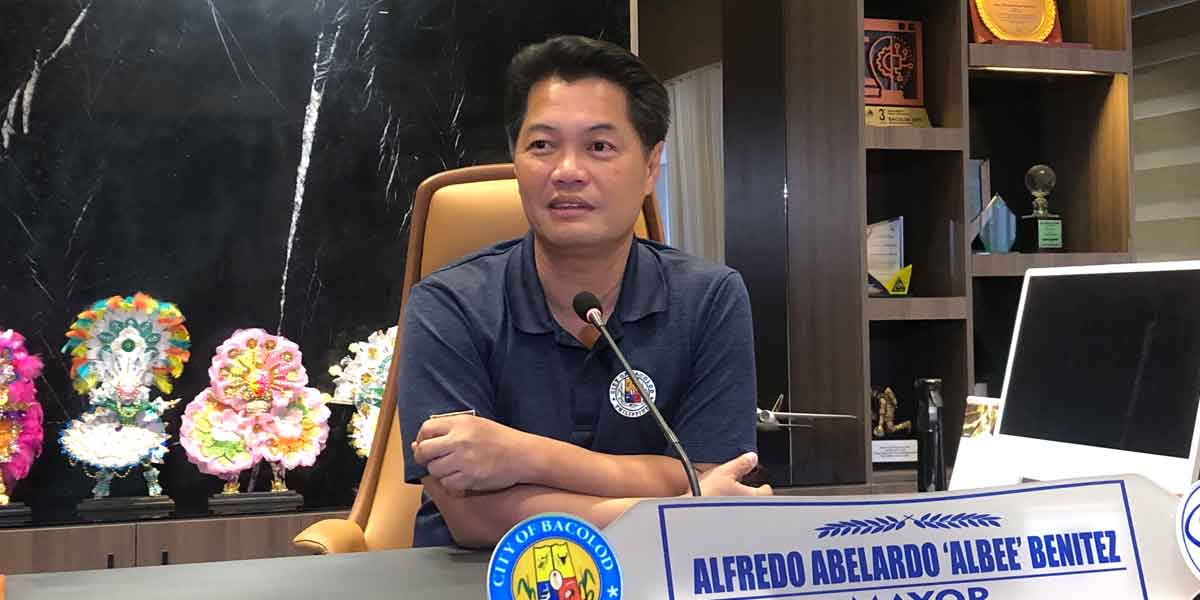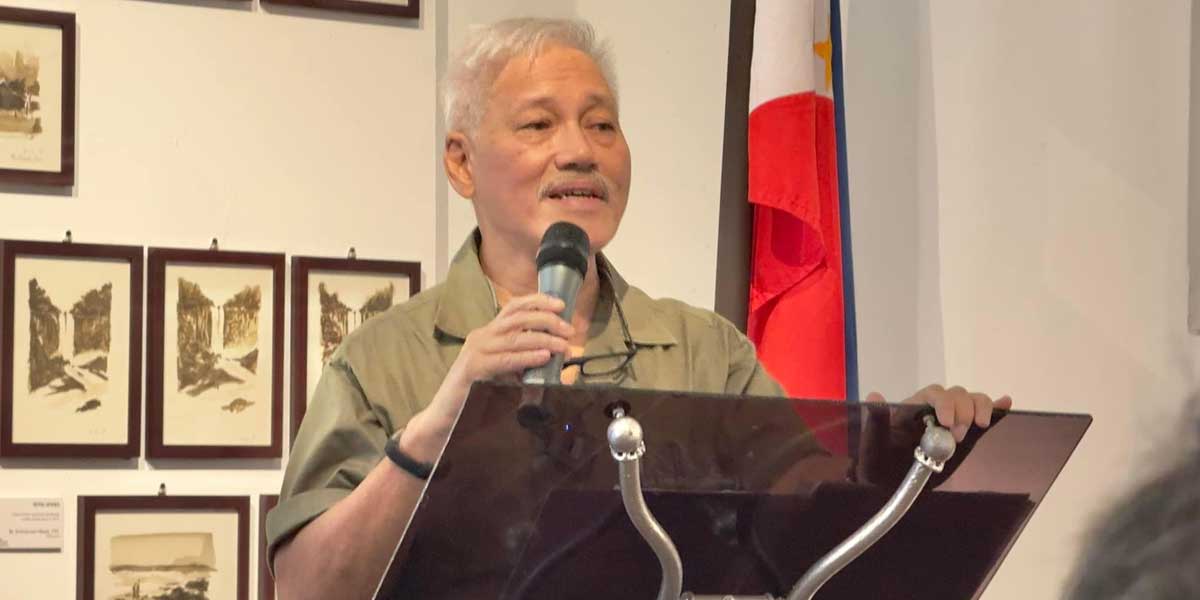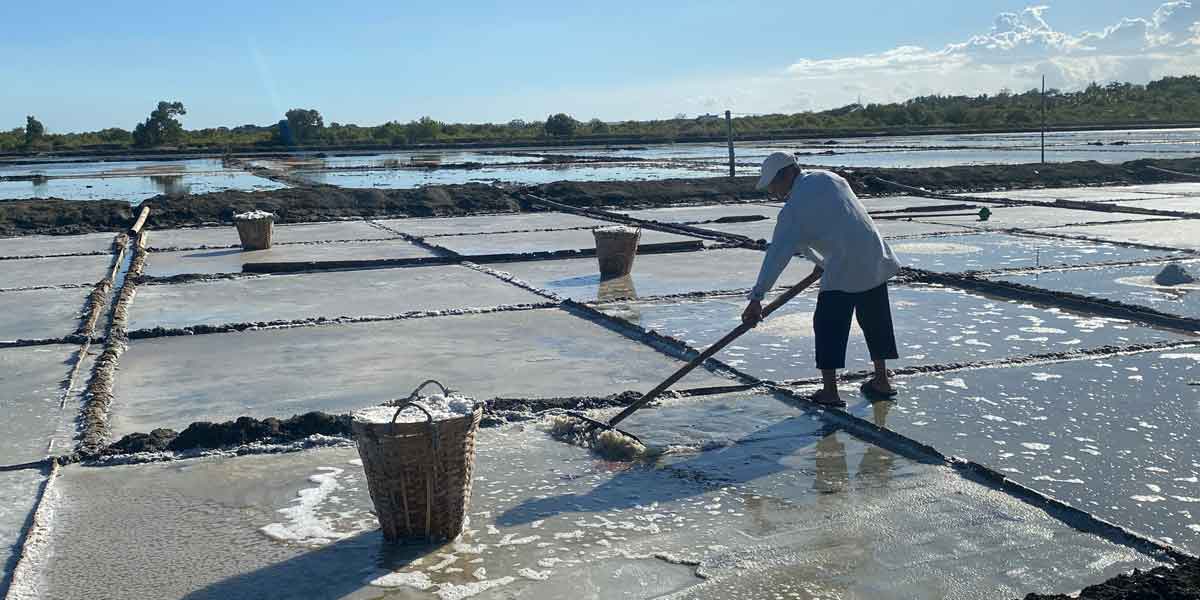By Herbert Vego
IN February this year, the National Historical Commission of the Philippines (NHCP) ordered the Department of Public Works and Highways (DPWH) to stop the construction of a government project in Anini-y, Antique for “desecrating the spacious and magnificent façade of the church”.
Therefore, the project — a P19.29-million roofed walkway at the plaza adjoining the St. John Nepomuceno parish church — had to be aborted halfway through.
The NHCP reasoned that churches built across the plaza during the Spanish and American periods were considered national historical sites. Thus, any alteration of the church or any structure within the plaza had to be approved by the NHCP.
The historicity of the church is too interesting to ignore. For instance, it is the only Catholic church that once hosted a non-Catholic parish, specifically of the Philippine Independent Church, also known as Iglesia Filipina Independiente (IFI), whose parishioners are better known as Aglipayans.
Months before the walkway controversy, I had visited that baroque Roman Catholic Church in Anini-y, Antique. I had seen the NHCP plate marker on the wall near the huge door with these embossed words:
“Simbahan ng Anini-y. Ipinatayo ng mga Agustino malapit sa kasalukuyang pook, 1630-1638. Ang kasalukuyang simbahan na yaring koral, ipinatayo 1845. Ipinatayo ni P Jeronimo V. Aquerin ang kumbento, 1879. Sinakop ng mga Aglipayano, 1902. Napasailalim ng Mill Hill Fathers ng Inglatera ang pangangasiwa ng simbahan. Napinsala noong ikalawang digmaang pandaigdig at bagyo 1973.”
The marker summarizes the history of the church as having been originally constructed by Augustinian missionaries in 1630-1638, reconstructed in 1845 out of indigenous corals, temporarily taken over by the Aglipayans (followers of renegade Catholic priest Gregorio Aglipay) in 1902, and regained for the Roman Catholic Church by the Mill Hill fathers of England. It has also recovered from destructions wrought by earthquakes, World War II and a 1973 typhoon.
I spent a whole day interviewing knowledgeable natives and researching the church’s history.
Legend has it that no less than a powerful church official, Fray Hipolito Casimiro, spearheaded the construction of the first structure in eight long years. It was proper and fitting that he assumed the role of first parish priest thereat. Incidentally, the foundations and rubbles of the original church still exist near the reconstructed one.
Even while the old church was still functional, friar Jeronimo Vaquerin took it upon himself to initiate the construction of the second structure between 1845 and 1879. The natives of the town were the prime workers and carpenters of the church, using coral reefs carved into thick blocks to form an adobe glued with thousands of egg whites and yolks.
The native parishioners of the church, however, were not always subservient to the Spanish government and church leaders. The formation of the nationalistic version of the Church – which would later be known as Iglesia Filipina Independiente (IFI) or Philippine Independent Church — by Fr. Gregorio Aglipay somehow swayed them to defy the Spanish colonizers.
As a result, the fearful Spanish friars abandoned the church during the Philippine Revolution (1898 – 1902). This prompted a priest and followers of Aglipay to occupy it in 1902 until 1906 when the Roman Catholic’s Mill Hill Mission came to reclaim it.
The strength of the church structure – measuring 60 x 40 meters — proved its mettle in 1948 when the unusually strong intensity-9 Lady Caycay earthquake struck and leveled other structures on Panay Island. The natives believed it was “a miracle” that the edifice survived, considering that Anini-y was the epicenter of that earthquake. The logical explanation, however, is that the massive columns and one-meter thick coral walls were — and are still –strongly held in place by a special blend of lime and straw.
Adjoining the church is a three-story belfry. Unfortunately, all of its four original brass bells from Europe have been damaged and replaced.
The church’s architecture somehow resembles that of the bigger church in Miag-ao, Iloilo. Why is that so? Both churches had only one designer (name lost in history) and were constructed mostly by the same craftsmen from Igbaras, Iloilo.
It is impossible not to marvel at the baroque architecture of the massive St. John of Nepomuceno church, what with its rectangular façade topped by a triangular pediment with a niche in the center, flanked by two windows. It has three sections divided by decorative pillars.
Being there is like traveling in time to the 19th century.
-oOo-
MORE EXPANSION
KUDOS to MORE Power for fast-tracking its energy-expansion program in Iloilo City. Today is another day to crow about as it inaugurates its rehabilitation work in Barangay Ticud, La Paz district.
The P2.1-million program is aimed at ending the low-voltage problem of the growing community of power consumers. Starting in May this year, the company has been working on the total overhaul of power lines thereat, including installation of 23 concrete primary poles and 11 secondary poles, and three 50-KV transformers.
Under a memorandum of agreement with the La Filipina Uygongco Group of Companies, MORE Power has tapped the former’s primary lines traversing from its property in Barangay Ingore to Barangay Ticud. It will benefit 625 Ticud households which used to rely on power relayed by neighboring barangays.
The ceremonial “switch-on” of Ticud energization at 10:15 a.m. will see the participation of MORE Power President Roel Z. Castro, Mayor Jerry P. Treñas, and Punong Barangay Joel Jaboneta. A short program will follow.
As revealed by MORE Power’s Customer Care Department head Ma. Cecilia “Maricel” C. Pe, the new power franchisee has grown from 63,000 to more than 83,000 customers since it took over from Panay Electric Co. (PECO) on February 29, 2020.
Grabe bah!




















